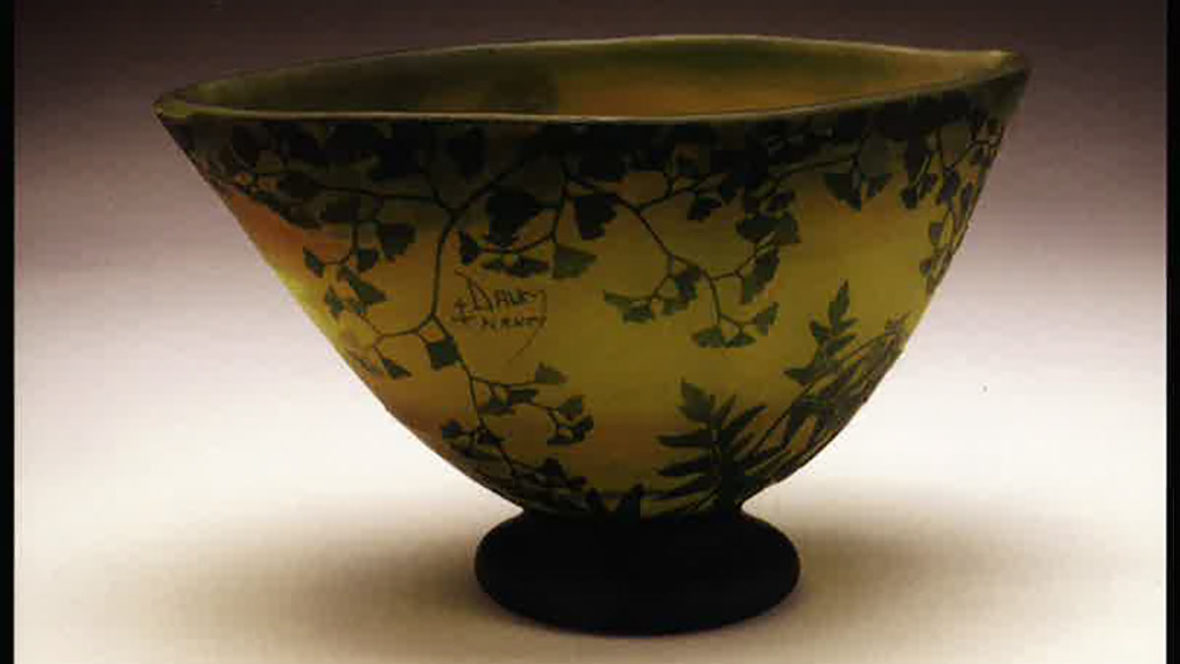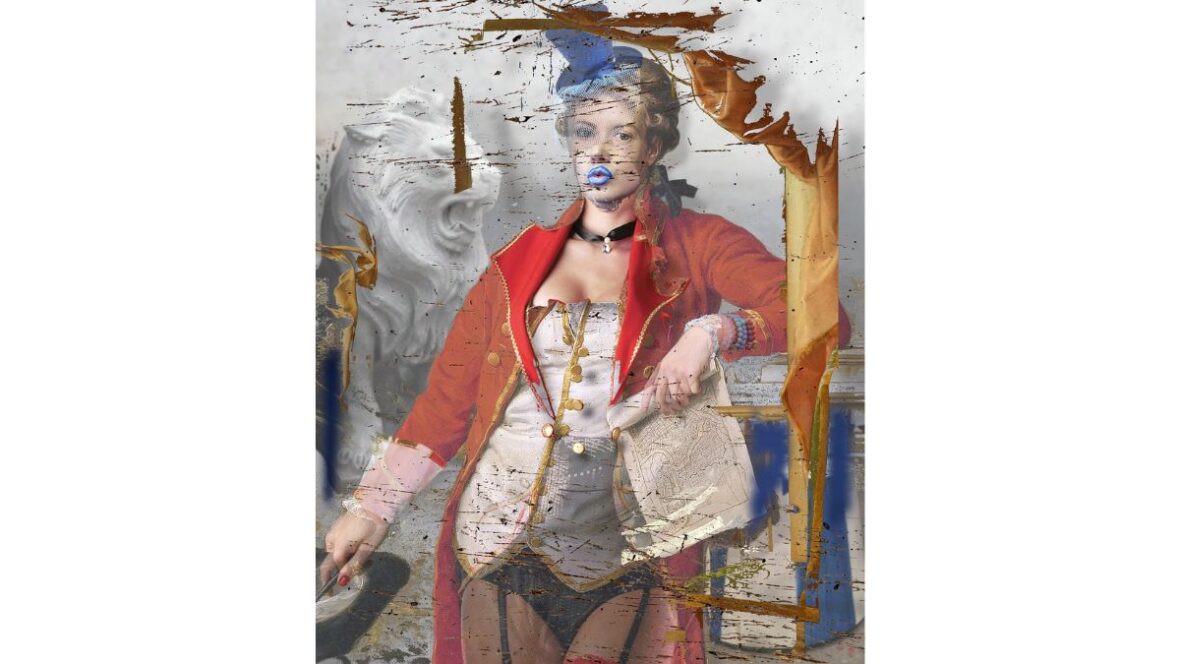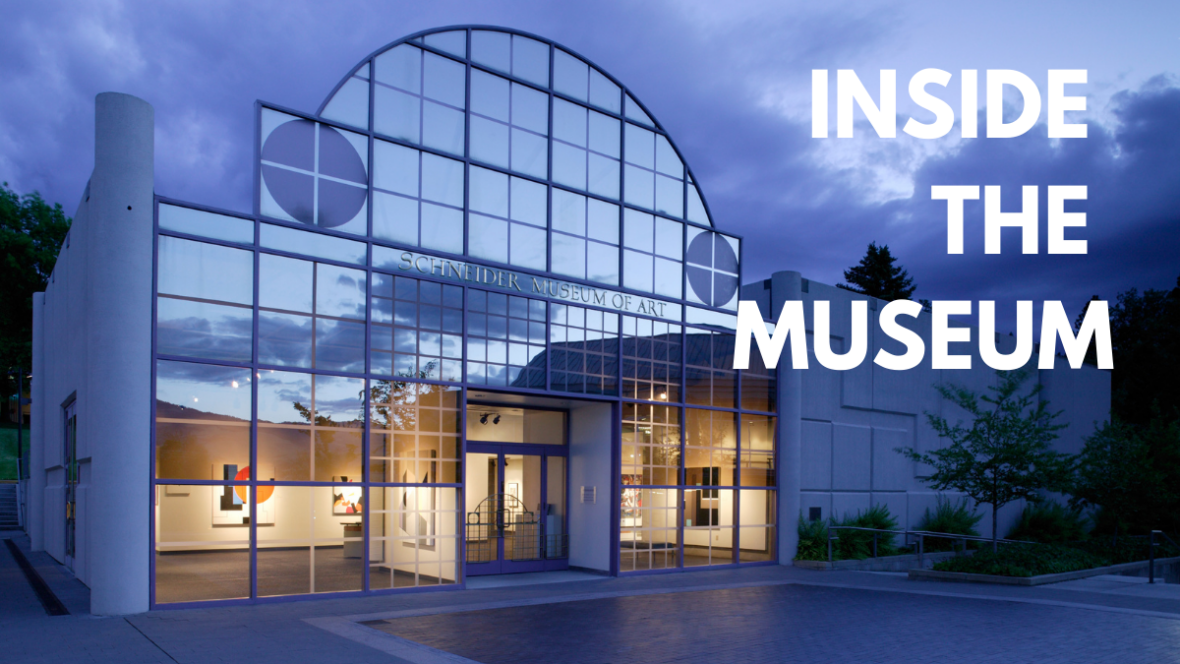Art Nouveau
Glass and Pottery
Exhibition Statement
The Paris Exposition Universelle International of 1889 was one of the first occasions where artists interested with the Art Nouveau style would exhibit their work. The basic principles of Art Nouveau had been established in the English Arts and Crafts movement that had begun earlier in the century by William Morris and John Ruskin. Their belief was that art should be well crafted, beautiful, and useful; a reaction to the growing industrialization of Europe. Art Nouveau artists embraced these ideas and added a return to the observation and imitation of nature and the use of organic and botanical forms. There was also their refusal to maintain the long-standing distinction between the fine and decorative arts. Art Nouveau practitioners wanted to create a new, broader based aesthetic that would beautify everyday surroundings.
Glass and ceramics were the ideal media for Art Nouveau artists. Their plastic nature enabled artists to create shapes that evoked the flowing natural forms that distinguish the style. The materials could also be readily decorated, and each artist established signature surface treatments and decorative patterns. In Europe, Emile Galle was considered a leading artist of the movement and his acid etched cameo glass influenced a generation of followers. Glasfabrik Johann Loetz Witwe in Austria pioneered the use of iridized surfaces. They debuted their “Papillon” glass in Paris in 1899 where it met with immediate success. The name Papillon was chosen because the pattern resembled an enlarged section of butterfly’s wings. In America, the Tiffany Glass and Decorating Company established themselves as the foremost proponent of the Art Nouveau aesthetic. Tiffany created a wide range of designs and decorative patterns. Weller Pottery created a line of iridescent-luster pottery that became known as “Sicardo” ware. The line is characterized by floral motifs painted on simple, hand-thrown vessel forms. The designs were produced by painting a metallic, ocherous mixture over a fire copper glaze which was then subjected to a reducing fire. The technique proved difficult to control and costly to produce which resulted in a very limited production run.
Art Nouveau glass and pottery continues to be popular with the public it was intended for. The artists associated with the movement were successful in designing utilitarian forms that celebrated the aesthetic interrelationship between art and nature.
Artists
Louis Comfort Tiffany
Fredrick Carder
Clement Massier
Jacques Sicard
Emile Galle
Daum Nancy
Quezal Art Glass
Steuben Glassworks
Glasfabrik Johann Loetz



